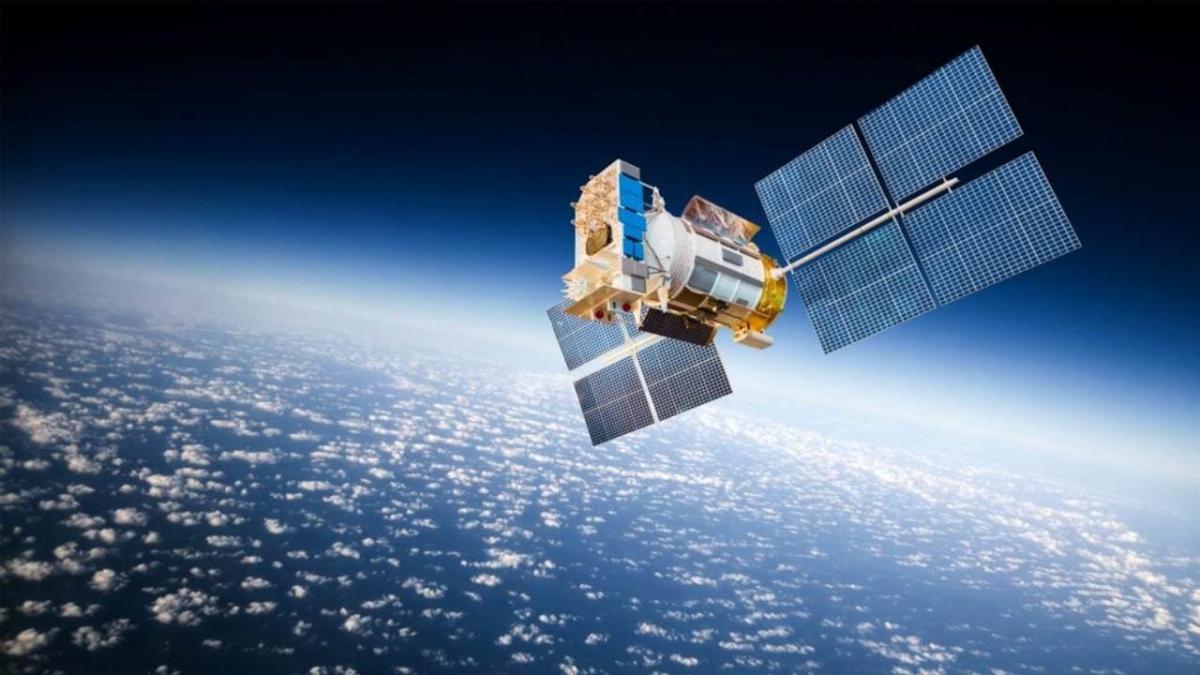Article Body
Mumbai, May 29, 2025 — In a significant leap for multi-messenger astronomy, Indian scientists have intensified the search for cosmic "bangs"—bursts of high-energy electromagnetic (EM) radiation—associated with gravitational-wave events, by aligning India’s AstroSat-CZTI instrument with the globally synchronized LIGO-Virgo-KAGRA (LVK) observational campaign.
This development, announced in a research update published by Tata Institute of Fundamental Research (TIFR), positions India at the forefront of gravitational-wave follow-up science, allowing astronomers to simultaneously "listen" to space-time ripples and "see" their EM counterparts.
“Our aim is to detect the elusive high-energy photons that are emitted during cataclysmic events like neutron star collisions,” said Dr. Varun Bhalerao, principal investigator at the Indian Institute of Technology Bombay (IIT-B), who co-leads AstroSat's science team.
What’s Happening: The Search for Light from the Dark
The LIGO-Virgo-KAGRA detectors—located across the United States, Italy, and Japan—have been listening to Gravitational Waves since May 2023 in what is dubbed Observation Run 4 (O4). These waves are tiny distortions in the fabric of space-time generated by powerful cosmic mergers like black hole or neutron star collisions.
However, not all events emit light. That’s where India's AstroSat’s Cadmium Zinc Telluride Imager (CZTI) comes into play.
“Gravitational Waves tell us when something happened. CZTI helps us see what happened,” said Dr. Anjali Rao, astrophysicist at the Inter-University Centre for Astronomy and Astrophysics (IUCAA), Pune.
India’s space-based observatory monitors X-rays and gamma-rays—the high-energy part of the EM spectrum—and is currently one of the few telescopes equipped to detect transient cosmic bursts from space within seconds of a gravitational-wave alert.
Why It Matters: Eyes and Ears on the Cosmos
Since the historic detection of gravitational waves in 2015, scientists have sought to combine gravitational and electromagnetic observations to understand the physics of extreme cosmic events. The 2017 detection of a neutron star merger, which led to both gravitational and EM wave detections, marked a turning point.
India’s AstroSat-CZTI, launched in 2015, plays a crucial role in this next phase by offering real-time, wide-field monitoring of the sky. This coordination expands humanity’s ability to triangulate the origin of cosmic signals, potentially unlocking answers to fundamental astrophysical mysteries:
-
What triggers short gamma-ray bursts?
-
Do all neutron star mergers emit light?
-
Can black hole mergers ever produce visible radiation?
“With each detection—or non-detection—we refine our models,” added Dr. Bhalerao. “Even null results are critical for ruling out existing theories.”
The Results So Far: No “Bang” Yet, But the Whispers Are Getting Louder
Between May 2023 and April 2024, CZTI followed up on 35 gravitational-wave candidates, focusing on high-confidence alerts involving binary neutron star and neutron star–black hole mergers. While no definitive X-ray or gamma-ray signal was found, researchers stress that the campaign is still a scientific success.
“The absence of signal helps constrain where, when, and how these mergers emit light—or don’t,” said Dr. S. Vadawale from the Physical Research Laboratory, Ahmedabad, a co-investigator on the CZTI team.
The team has released upper limits on the brightness of these undetected signals, providing essential benchmarks for theorists.
What’s Next: India’s Growing Role in Space-Based Astronomy
As LIGO-India—set to be operational by 2030—nears development in Maharashtra, India’s involvement in the next generation of gravitational-wave astronomy will only deepen. This includes not just follow-up detection but first-hand observation of cosmic ripples.
“We are training the next generation of Indian astronomers to lead the charge in multi-messenger science,” noted Dr. Swarna Kanti Sinha of the TIFR.
India's collaborative strategy also strengthens global coordination through the Global Relay of Observatories Watching Transients Happen (GROWTH) network, which ensures that no signal, however faint or fast, goes unnoticed.
Final Thoughts
In a universe full of noise, it is the faintest whispers that often carry the loudest truths. India’s AstroSat-CZTI may not yet have seen the “bangs” it’s hunting for, but the groundwork laid by this international collaboration could pave the way for the next generation of discoveries—ones that may change our very understanding of how the universe works.


Comments